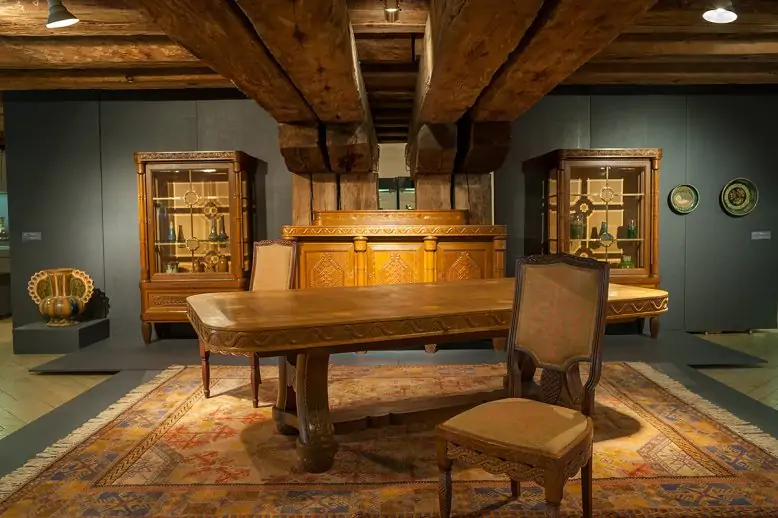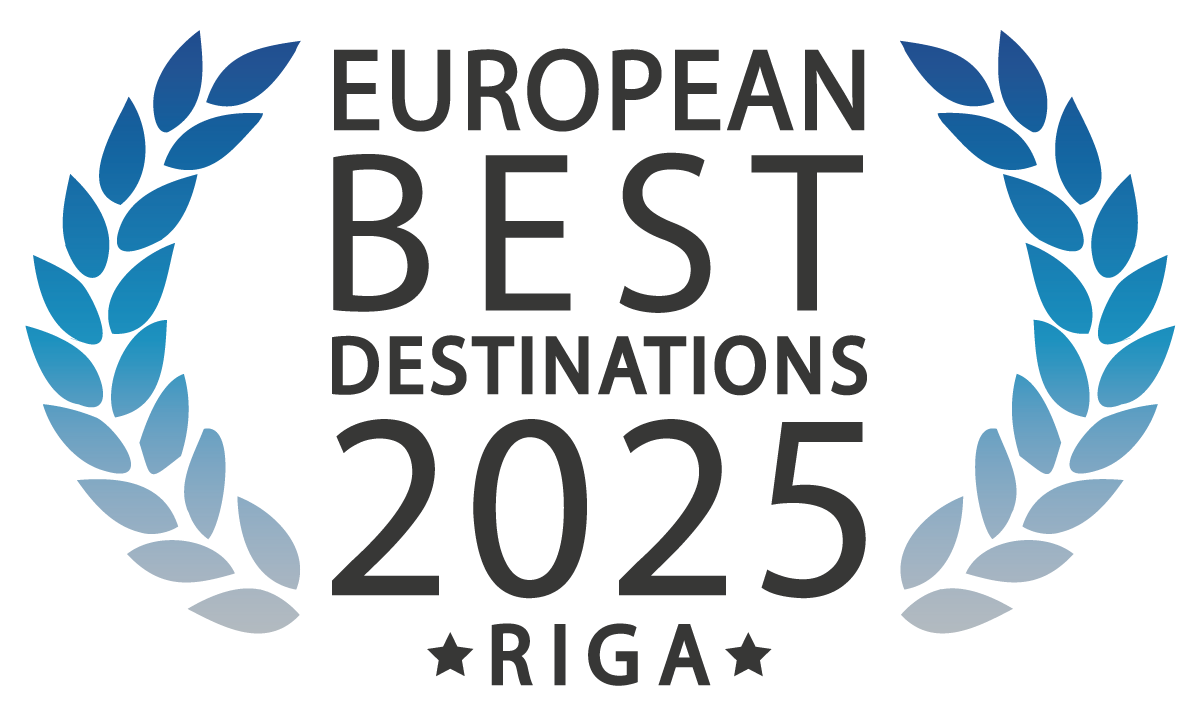
The Museum of Decorative and Design Art is located in the former St. George’s Church building (1204), which is the oldest stone building in Riga. It features seven collections of decorative artworks and design. The Museum of Decorative Arts and Design has collections of unique textile articles, ceramics and porcelain, metal art and decorative wooden, leather and glass art, as well as design.
The museum also owns the biggest existing collection of works by the founders of Latvian modernism, artists of the Baltars porcelain painting workshop: Romans Suta (1896–1944), Aleksandra Beļcova (1892–1981) and Sigismunds Vidbergs (1890–1970). Latvian modernism is defined by the abstract geometrical forms inspired by the Cubist, Futurist and Art Deco movements, decorative colours and shapes and graphic subtlety. The collection of works spans the time from the late 19th century to the present.
Permanent displays of the Museum of Decorative Arts and Design on the 1st and 2nd floor introduce the work of individual artists and the prevailing art styles and directions of various periods.
Alongside the permanent exhibitions, the museum presents a wide range of temporary shows and annual exhibitions of Latvian and international decorative art and design. A significant role in the activities of the museum is played by creative workshops (fabric printing, wool felting, etc.) and other events which are a fantastic opportunity to express your creative imagination.
Why visit
The Museum of Decorative Arts and Design offers a vibrant look into Latvia’s rich tradition of craftsmanship and material culture. With collections spanning ceramics, textiles, glass, wood, metal, and leather, the museum presents both historic and contemporary design works. Visitors can explore how everyday objects reflect changing artistic styles and social values.
Historical highlight
The museum is housed in what was once St. George’s Church, a 13th-century structure believed to be Riga’s oldest surviving stone building. Originally built by the Teutonic Order, the church has seen many transformations over the centuries.
How to get there
The museum sits right in the heart of Riga’s Old Town, just steps away from St. Peter’s Church and other major landmarks. It’s easy to reach on foot if you’re already exploring Vecrīga, and public transport options - including trams and buses - stop nearby.

